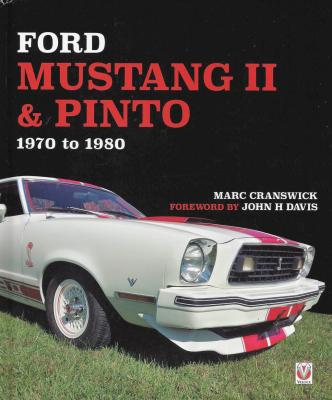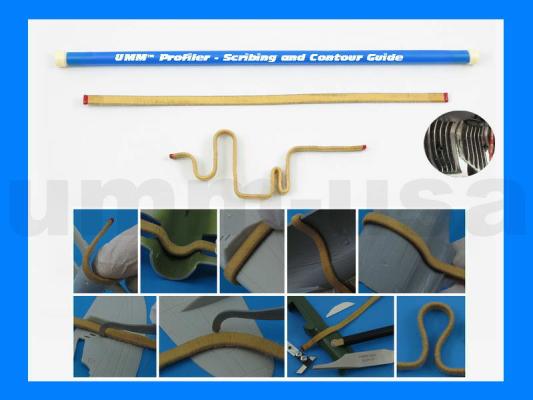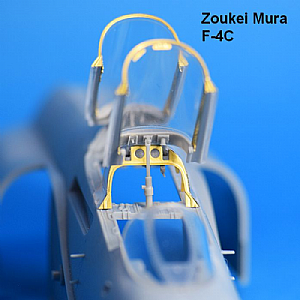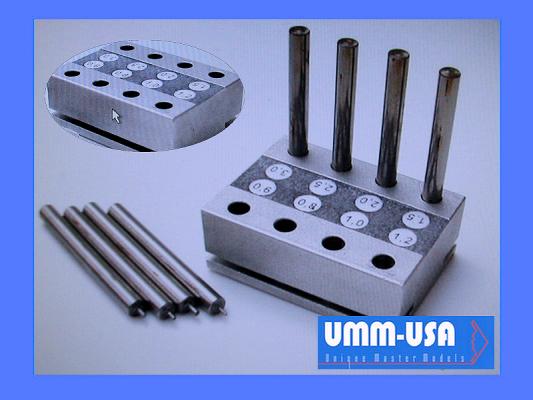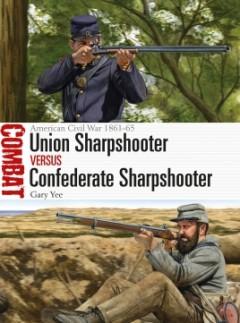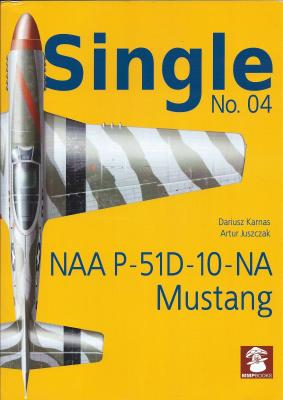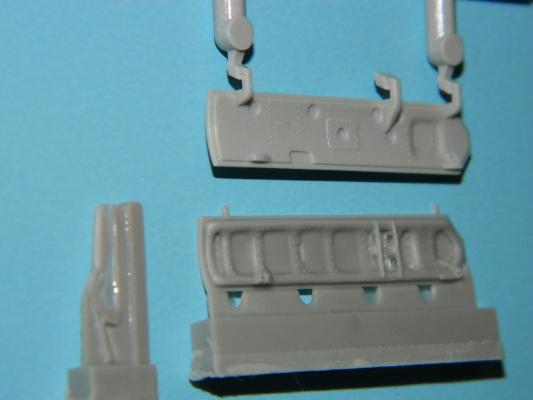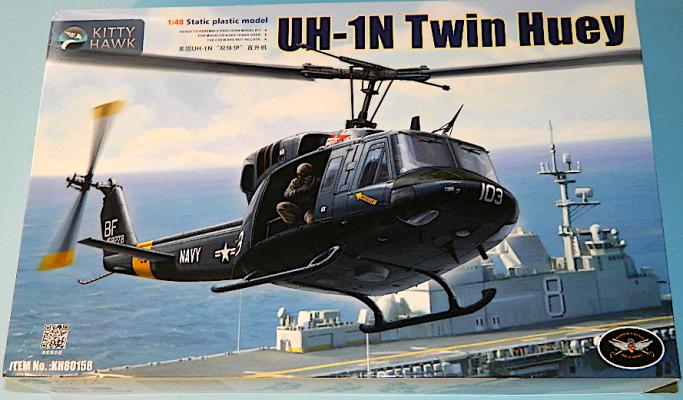One of my planned retirement builds is a Resolution Island, Labrador winter diorama scene. My father, a retired career pilot and Colonel in the USAF, passes along a magazine he receives each month as a member of the Air Force Association. Several years ago, an article in one issue titled “Life on the Pine Tree Line” captivated me. The article details daily activities at a remote DEW-line radar site on Resolution Island in far North Newfoundland back in the 50s and 60s. In particular, photos of an H-21 Shawnee or “Flying Banana” as it is more commonly referred to in Artic Red conspicuity markings, caught my eye. Other aircraft and vehicles documented in the photos included a C-123, a TWA “Connie”, various cargo trucks and vehicles, and a small WWII utility vehicle known as a “Weasel”. Visions of a winter diorama scene began to take shape.
Reviews
Sooner or later, every aircraft modeler builds the iconic WWII Luftwaffe Bf-109. You can find them in every scale from 1/144 to 1/24, and in every version from prototype to A, to K-14, and sub-variants from post-WWII. It is probably one of the top five most popular aircraft modeling subjects ever kitted.
To that point, there were 31 examples of the Bf-109 entered in 1/48 Single Engine Prop, at this summer’s 2019 ‘Nooga Nats! Obviously, they garnered their own subcategory split. I felt a bit sorry for, but also somewhat envious of Rich Van Zandt’s judging team as they laboriously examined all 31 examples. They were all outstanding … some were just slightly better than others. They checked that distinct splayed gear stance for consistent alignment. They checked wing and stabilizer alignments. They checked canopies and interiors. They checked finishes. They counted rivets … just kidding. In the end, they chose the best three. 10% of the total number entered of the type!
Product provided by: Motorbooks International
John Vojtech and the people at UMM-USA (Unique Master Models) have come up with yet another tool that is well worth having in your collection. The Profiler Scribing and Contour Guide is a very versatile tool to help you with scribing and replicating inside and outside contours of your models.
Modelers may need to find the exterior or interior contours of parts to either scratch-build additional parts or shape/sand kit pieces to fit better. The guide is made from a thin piece of pliable metal and covered with a non-slip material. The metal can be bent in several contour position without breaking it and once bent has no memory. The guide also is sold with a blue straw like holder with plugs at either end, so it is easy to find when you want to use it.
The guide can be bent and placed on a model lined up with areas to be scribed and taped down so it does not move, then a scriber can be used along the guide.
About HM (from the website)
Hypersonic Models are currently located in Sennan City, Osaka prefecture, Japan, and products are manufactured, packed and shipped from there. All items for sale here are original Hypersonic Models' products, we don't act as re-sellers for other brands' or companies' products.
Another beautifully crafted tool from our friends at UMM-USA is this new punch and die set, accompanying the numerous other tools used to punch standard shapes out of thin brass or aluminum, or plastic sheet stock up to 0.080 (2mm) thick. In the set you’ll find an aluminum die block with hole sizes ranging from 0.6 mm (0.024”) up to 3.0mm (0.12”) diameter, accompanied by the hardened tool steel punches of corresponding size.
If, like me, you’ve tried slicing round stock to make buttons, access covers, hatches and the like, and never managed to get parallel surfaces, you’ll welcome this fine tool. It’s great for adding subtle detail, for creating instrument glass, access panels, fastener heads, and the like.
Our thanks go out again to UMM-USA and John Vojtech for his generous support to the review team here.
The American Civil War is a study in contrasts and similarities. Historians make a living comparing and contrasting both sides from every angle conceivable. Commanders, battlefields, tactics, and weapons are the usual subjects and this book focuses on the Sharpshooting arena. Published by our friends at Osprey Publishers, Union Sharpshooter VS Confederate Sharpshooters is authored by Gary Yee. Period photos, drawings, and maps convey a study in comparison and contrast in three battles where sharpshooters played an important role. A brief introduction opens the book, followed by chapters that cover the opposing sides, Fredericksburg, Vicksburg, Battery Wagner, an analysis, and the aftermath. A select bibliography and index complete the narrative. The book is printed on heavy stock paper and tells its story on 80 pages.
This is volume four in the Single series. This is a thin book with no text other than photo captions. The book contains very nice 1/72 and 1/48 scale drawings, B&W photos of various details and pages from the manuals showing different systems. There are also three-color photos of cockpit details.
One page that should prove extremely useful to the model builder is the diagram on page 20. Showing which wing areas were natural metal which areas had two coats of filler those with one coat of filler and then sprayed with silver paint and the areas of silver paint only. There is also a beautiful rendition of the instrument panel and an index to its layout. The book concludes with three pages of color drawings of P-51D 44-14292 “Man O War”.
IPMS/USA welcomes Jeffrey Kubiak of Hypersonic to the list of producers of useful bits and bobs for those of us with Advanced Modelers Syndrome (AMS). And thanks to IPMS leadership for sending it to me to be reviewed.
Jeffrey began Hypersonic models in the UK, and has recently moved to Japan… a major change of scenery. Originally he started up with resin and detail upgrades for the Special Hobby X-15 kits… and now he’s expanding… making up for lost time, so visit his site for not only this item, but several upgrades aimed at improving the Academy F-4 kits, and, most recently, the Zoukei Mura Phantoms as well.
First, thanks to Glenn for providing IPMS USA with this kit, and IPMS leadership for passing it on to me.
Kitty Hawk’s new UH-1N has obvious ties with the recently released UH-1W from the same firm. The “Whiskey” has four-bladed main and tail rotors along with scabbed on antenna and systems, giving it a purposeful, definitely non-aerodynamic look, along with weaponry fit for a short, hot firefight. The kit also draws on the recently released UH-1D/H from Kittyhawk, as many of the sprue trees are from that kit as well. The UH-1N (November) however, was originally developed under Bell’s auspices of the natural improvement of a helicopter in overwater and hot, low-density air environments, whereby two-engines are better than one. The “November” has proven longevity and is still in operation almost 47 years since inception. It is the legacy of the original “Huey” line from the 1960’s… and morphed into the Whiskey and other commercial variants.



